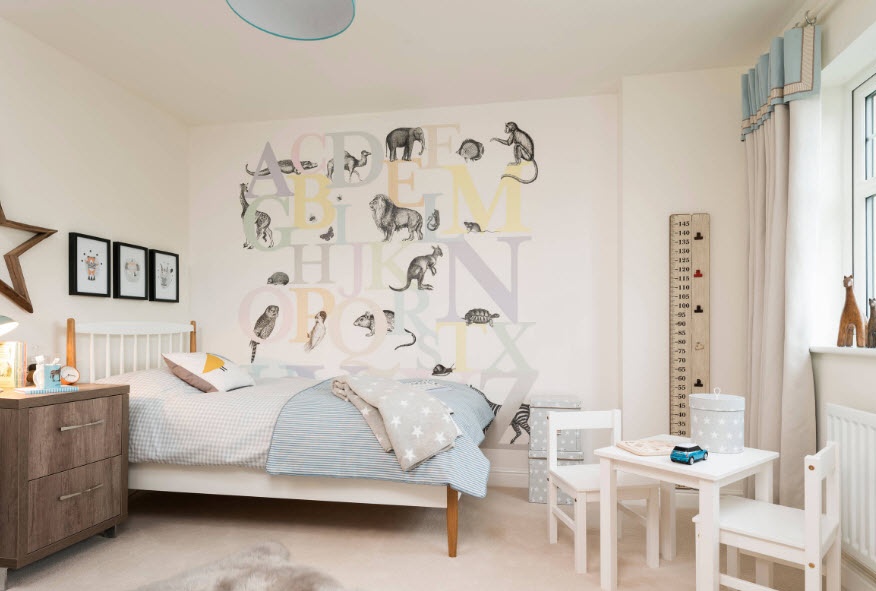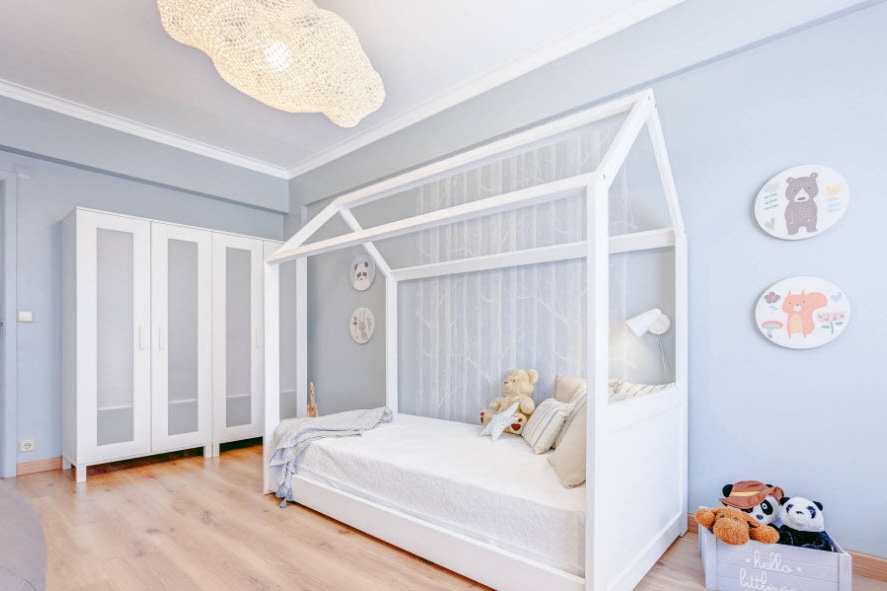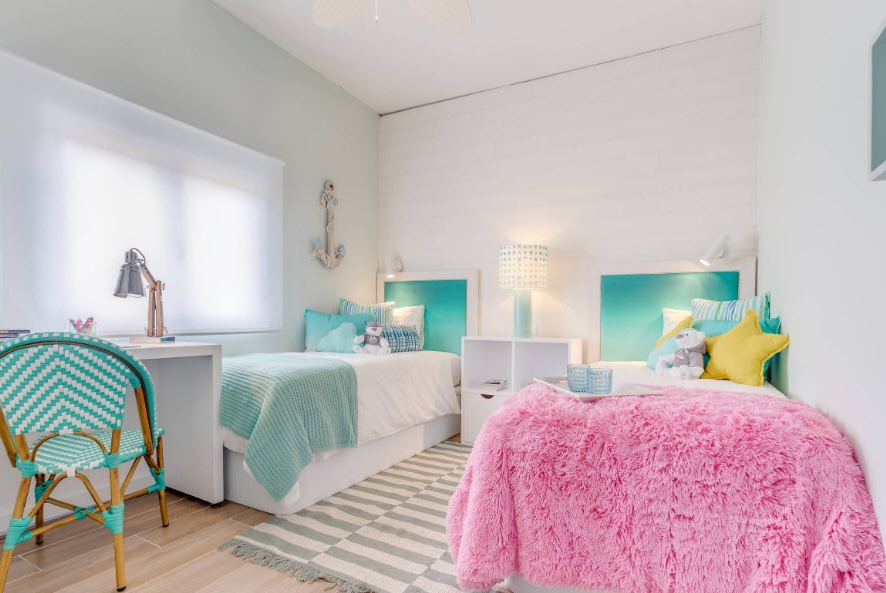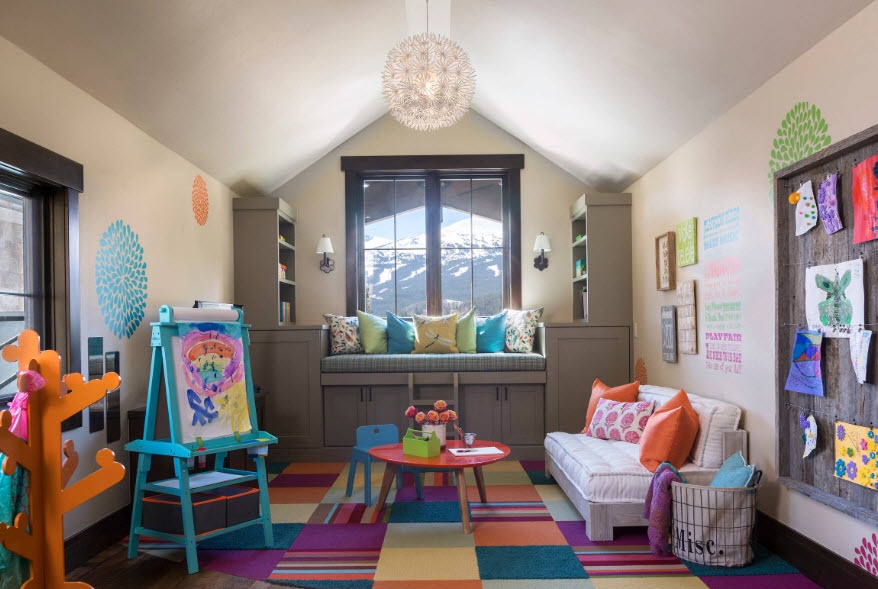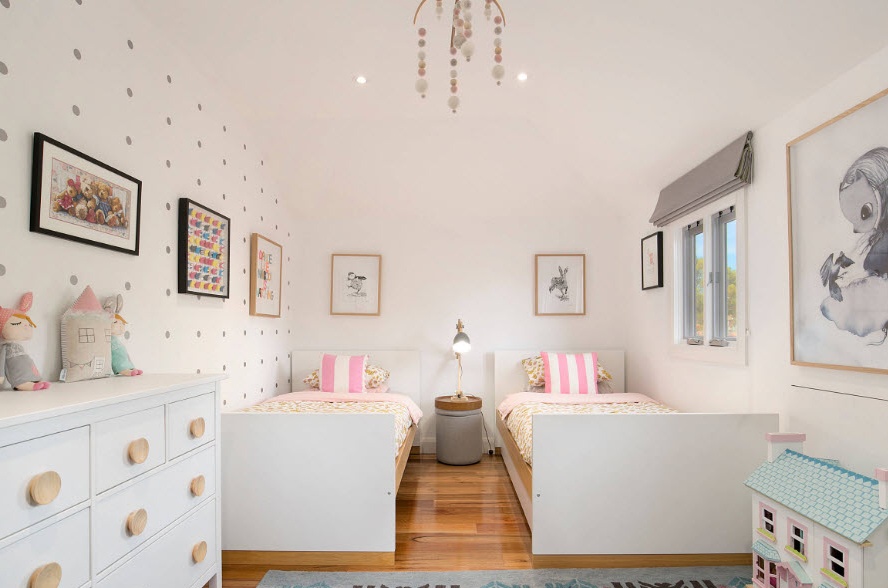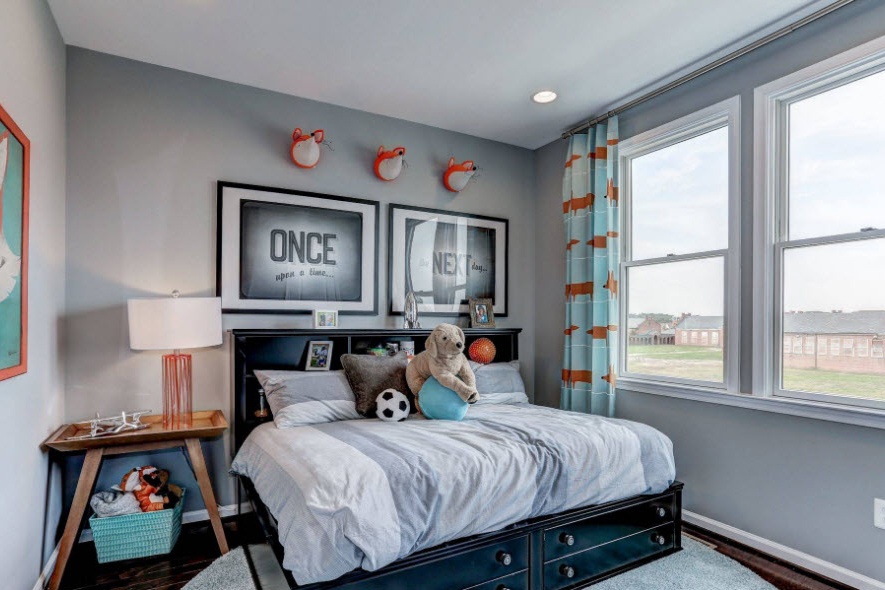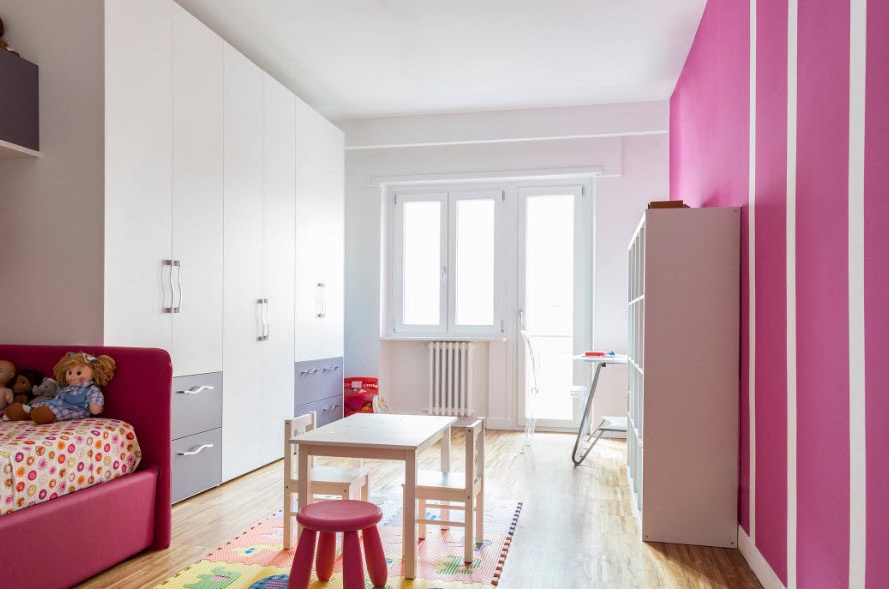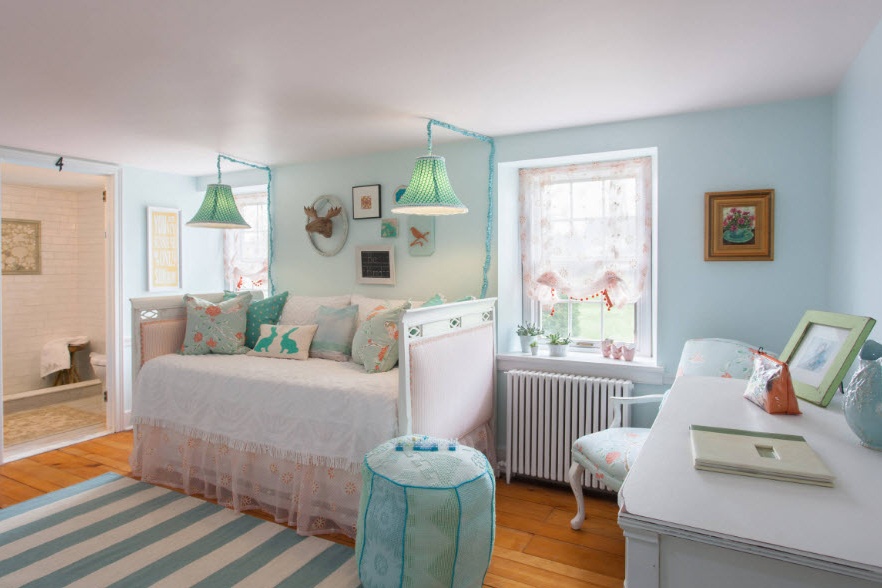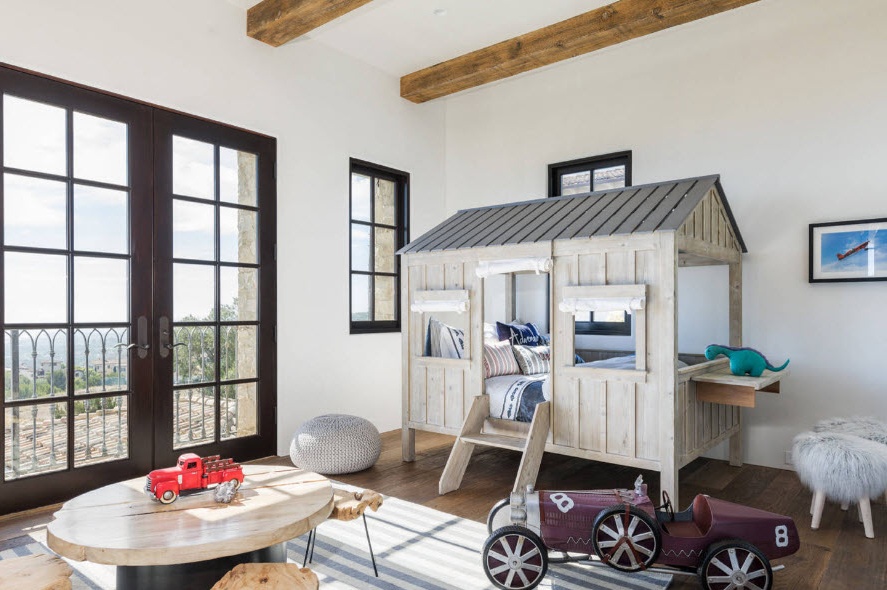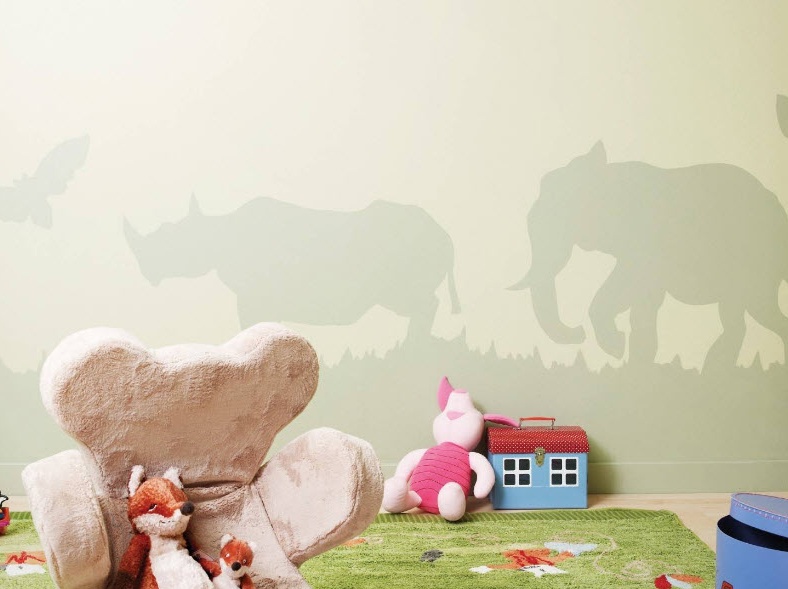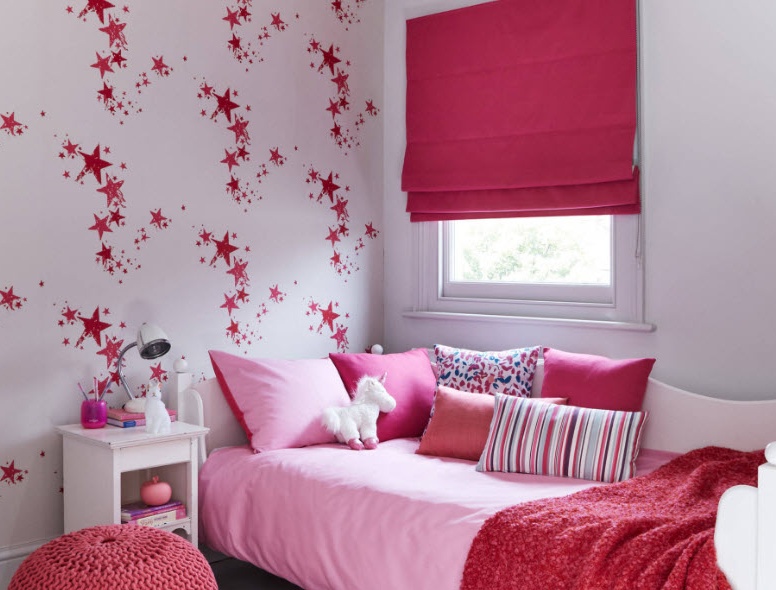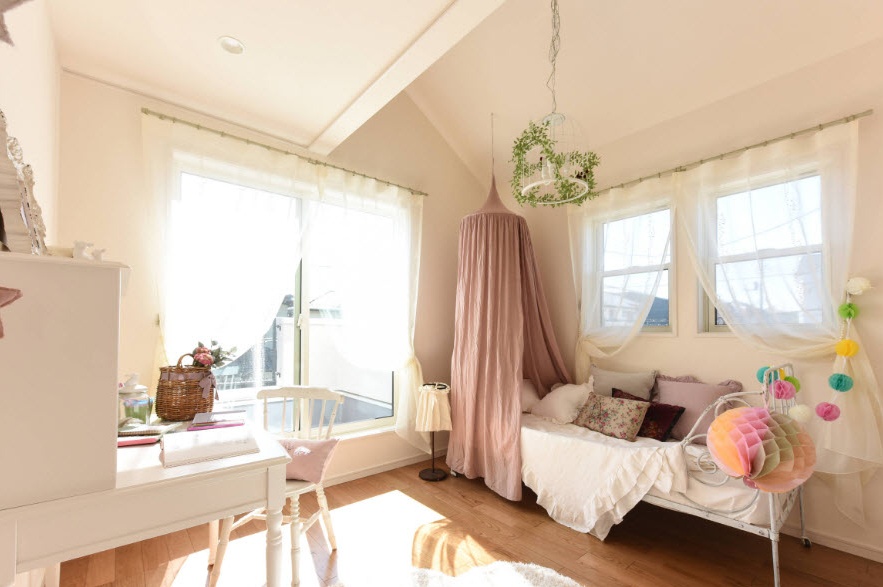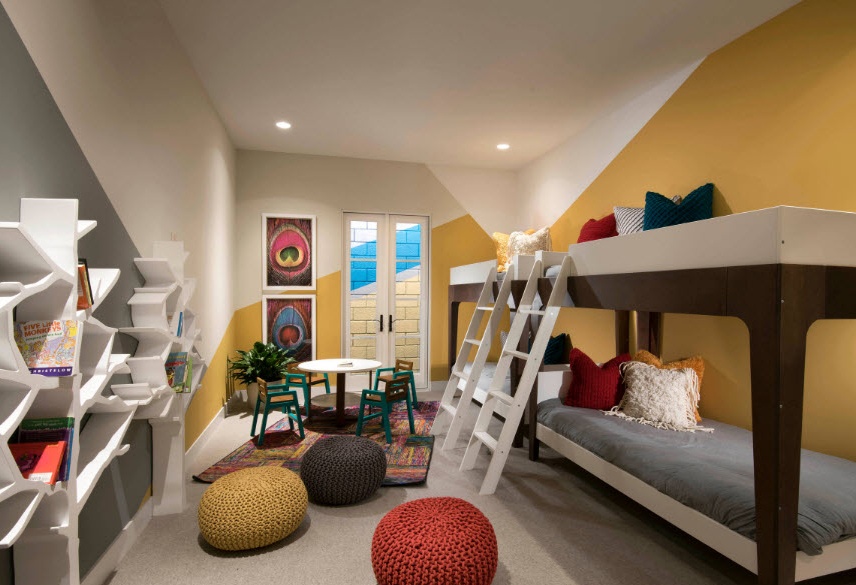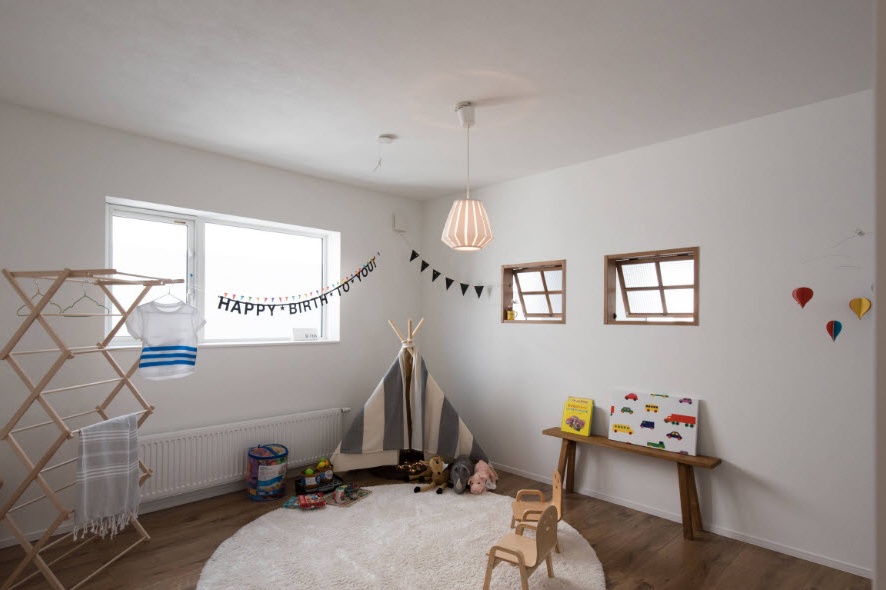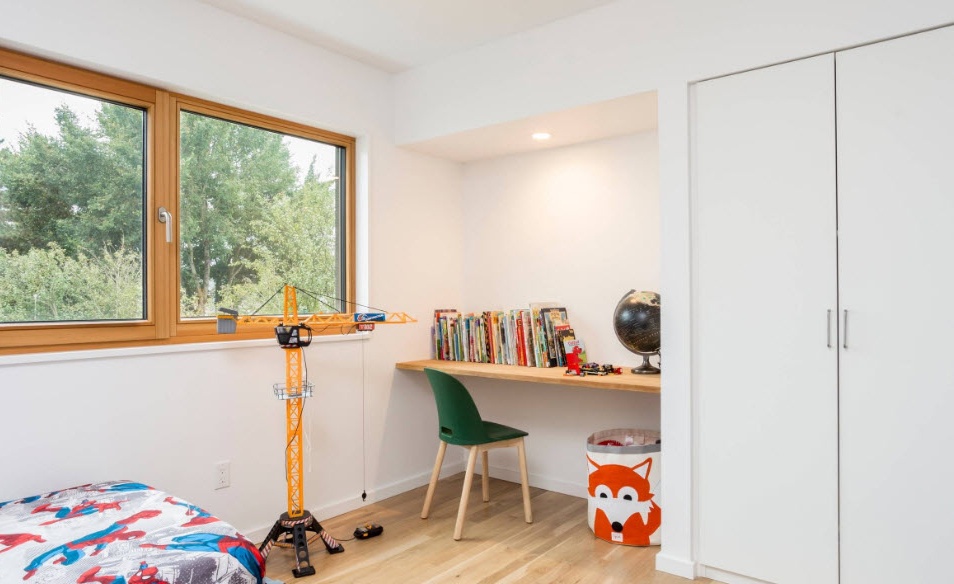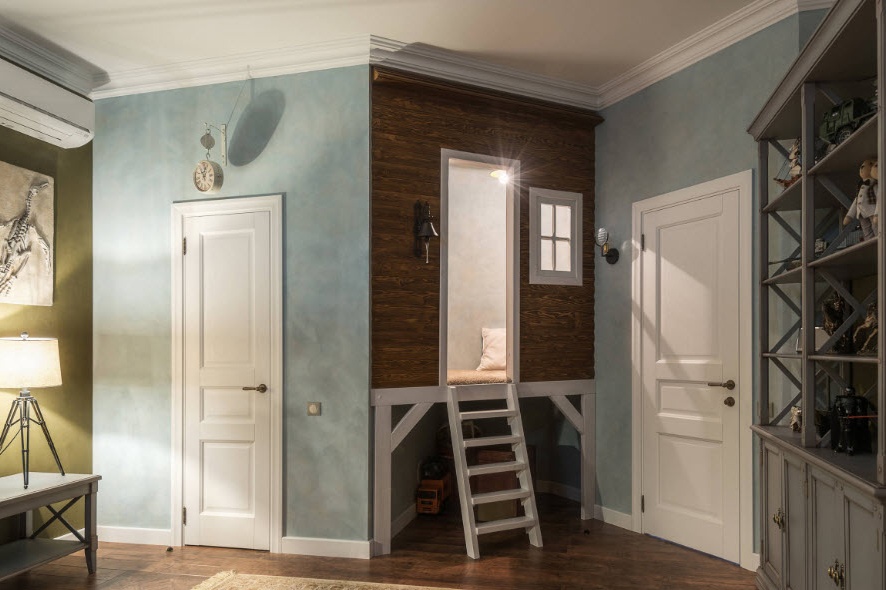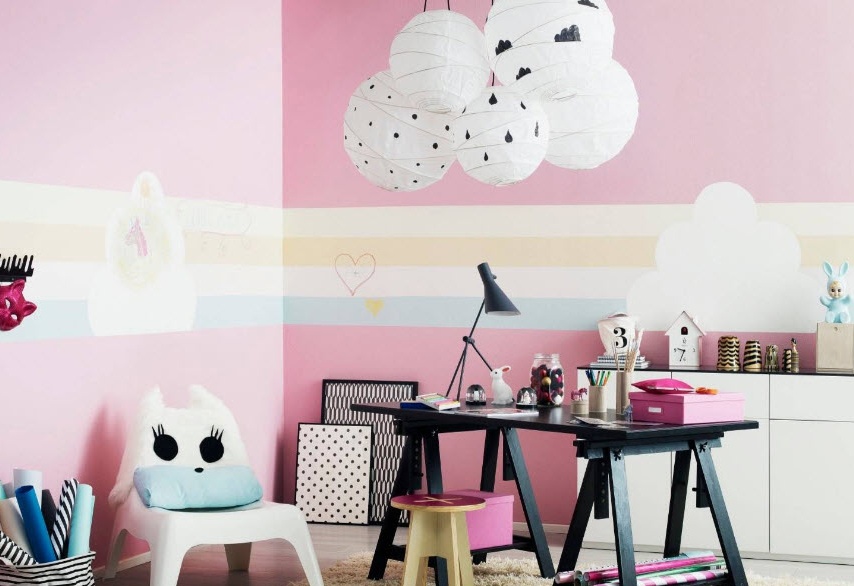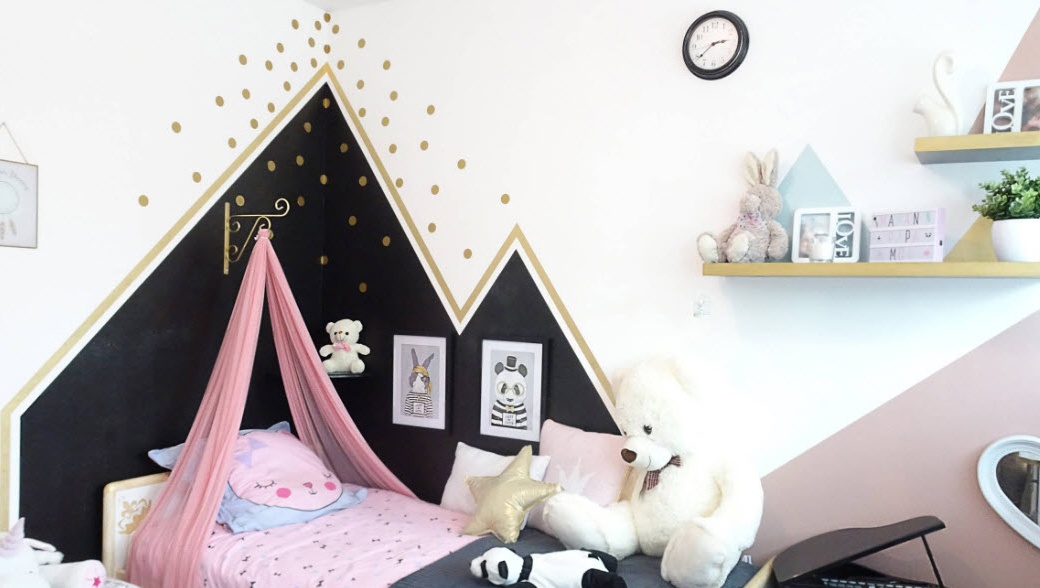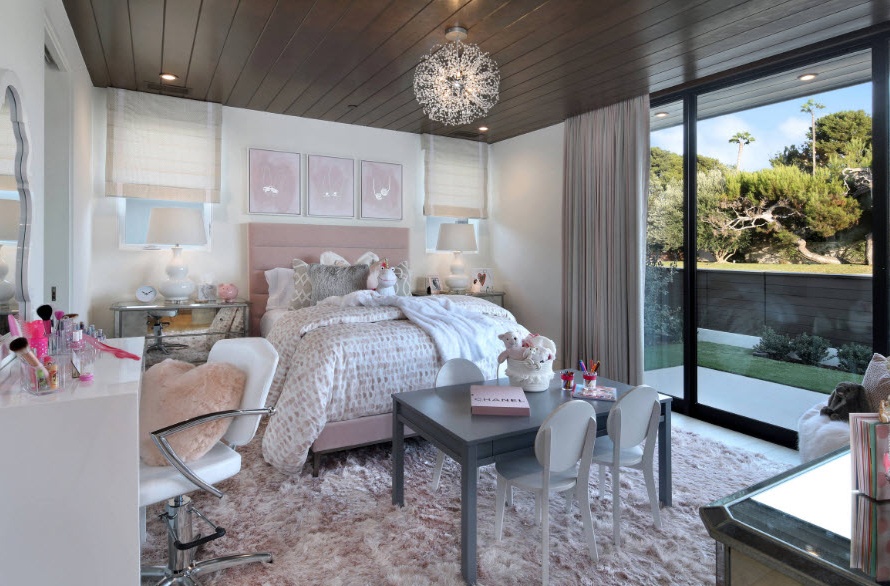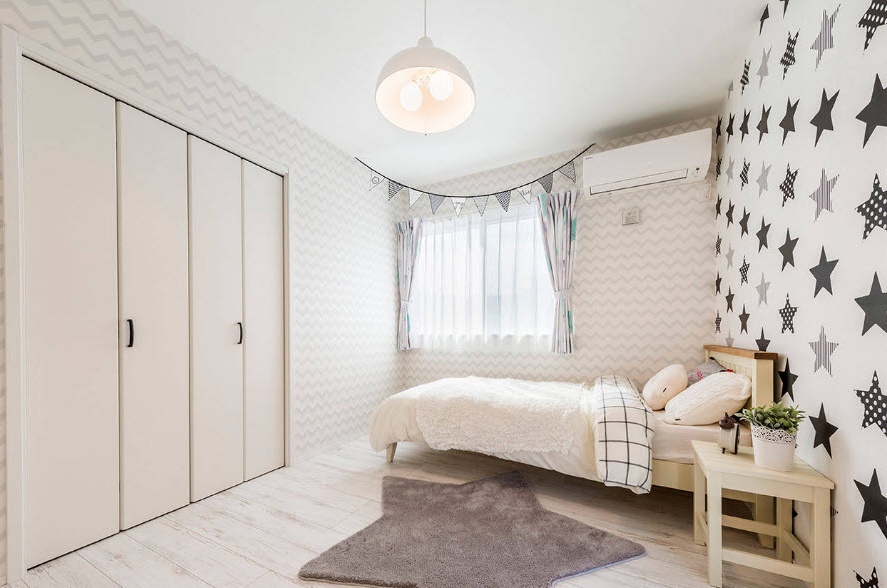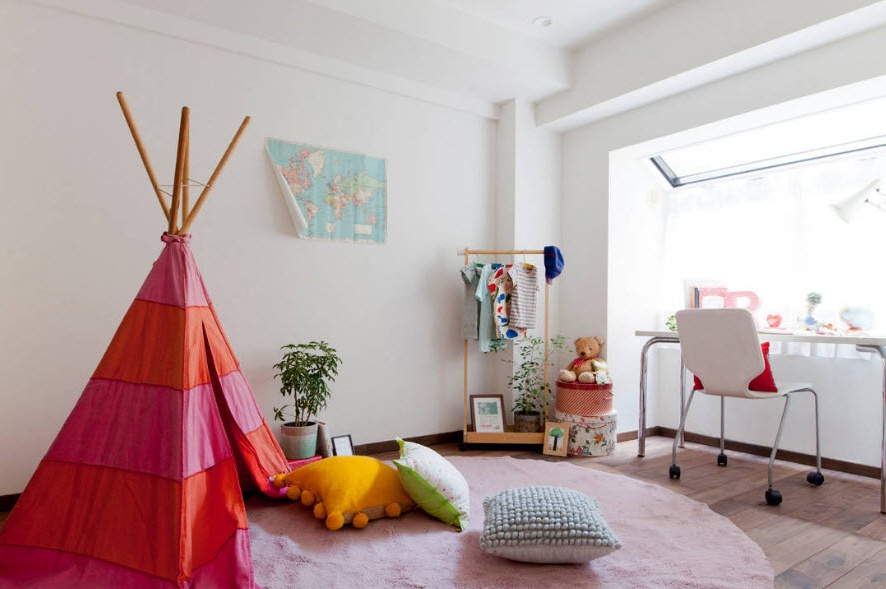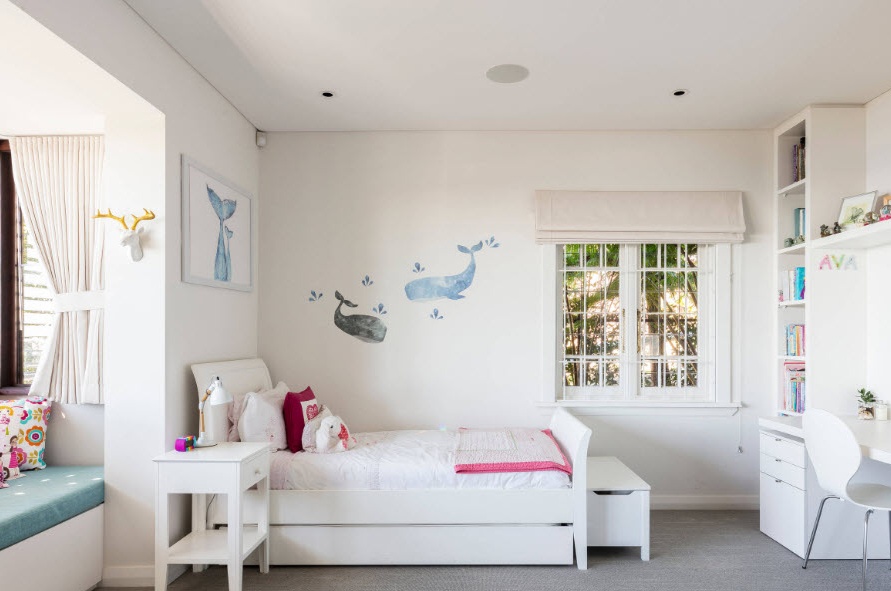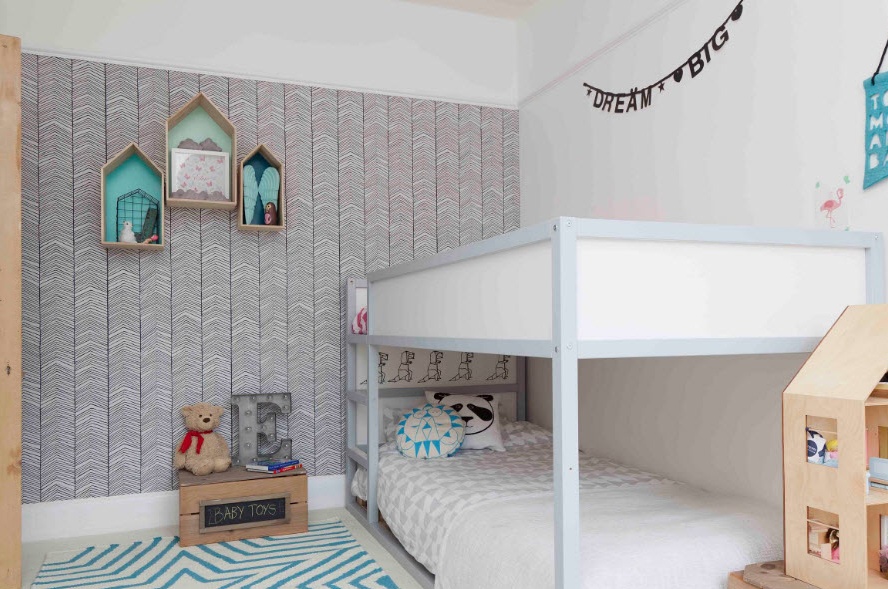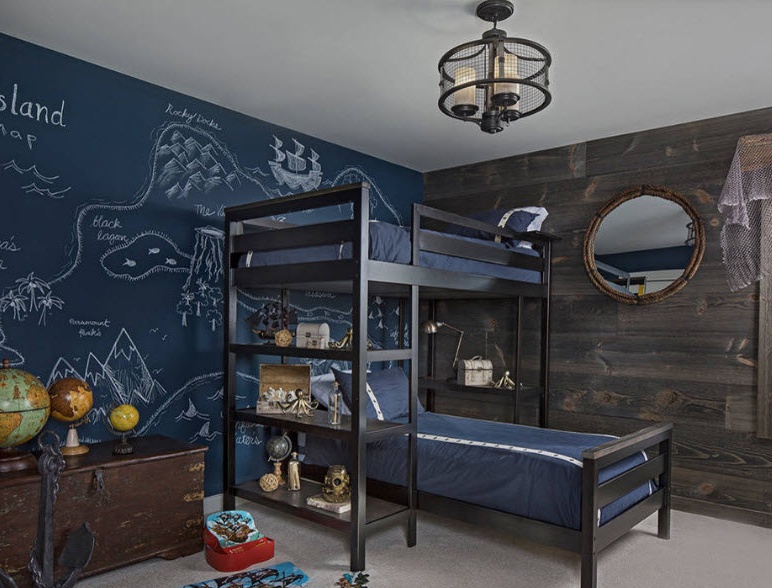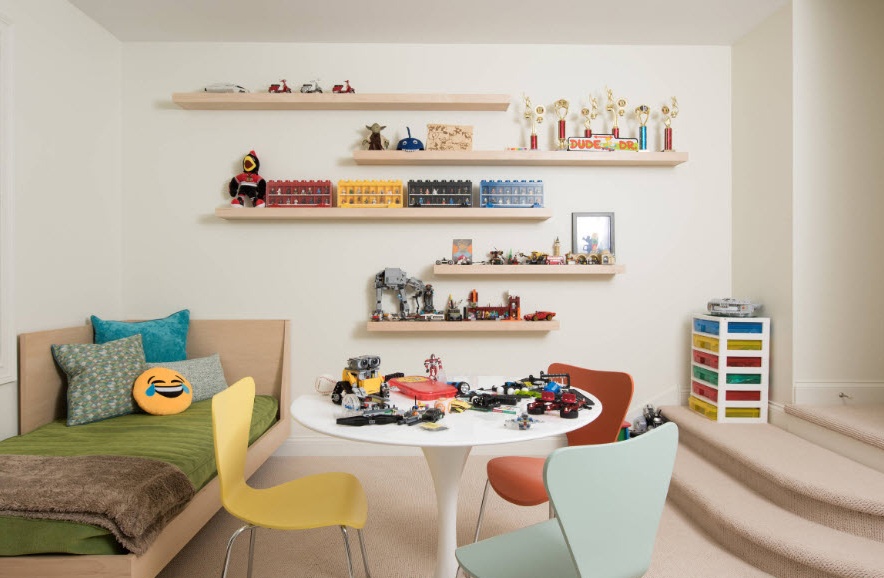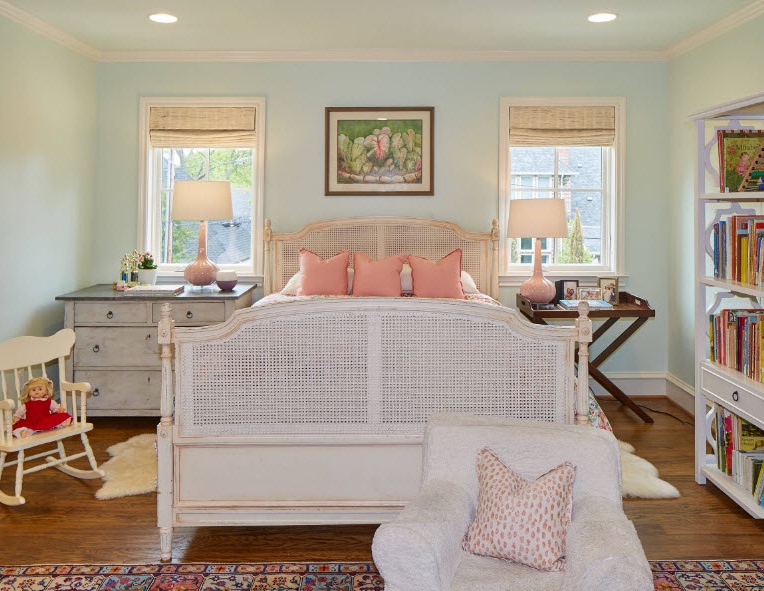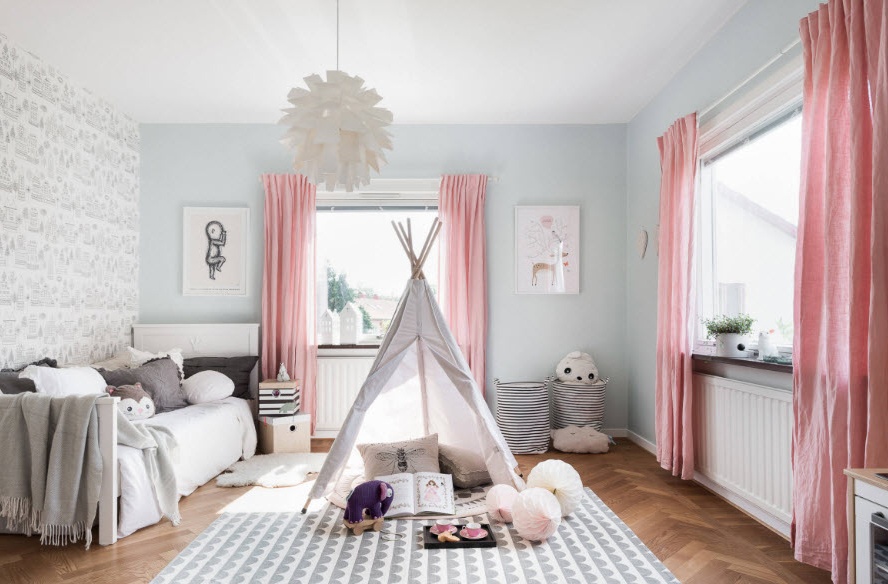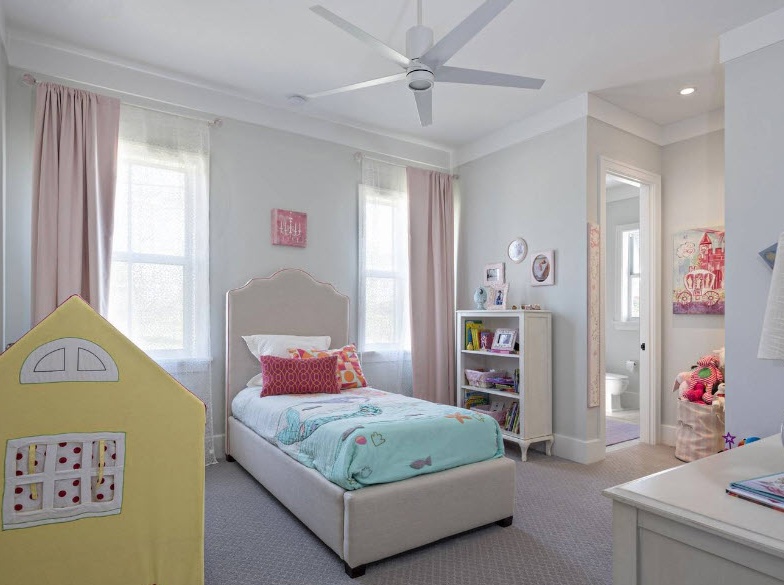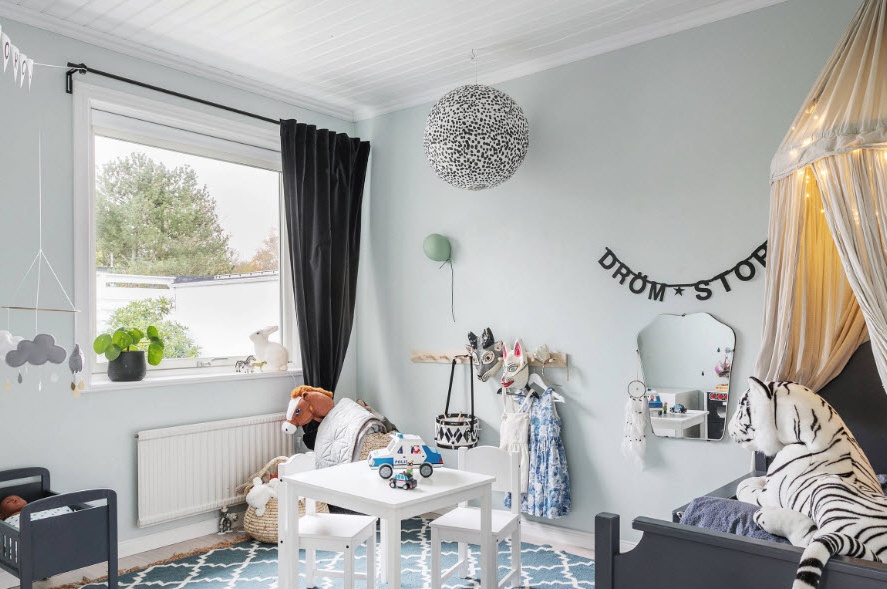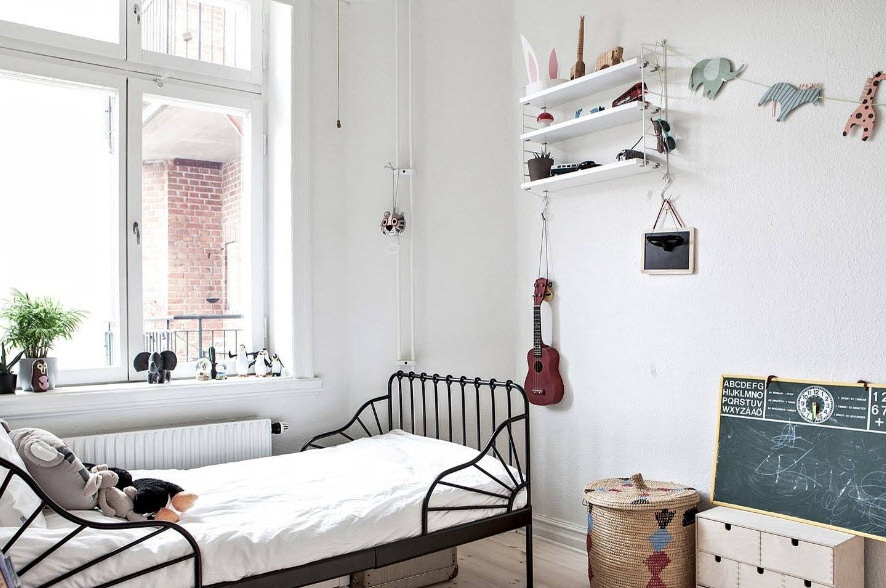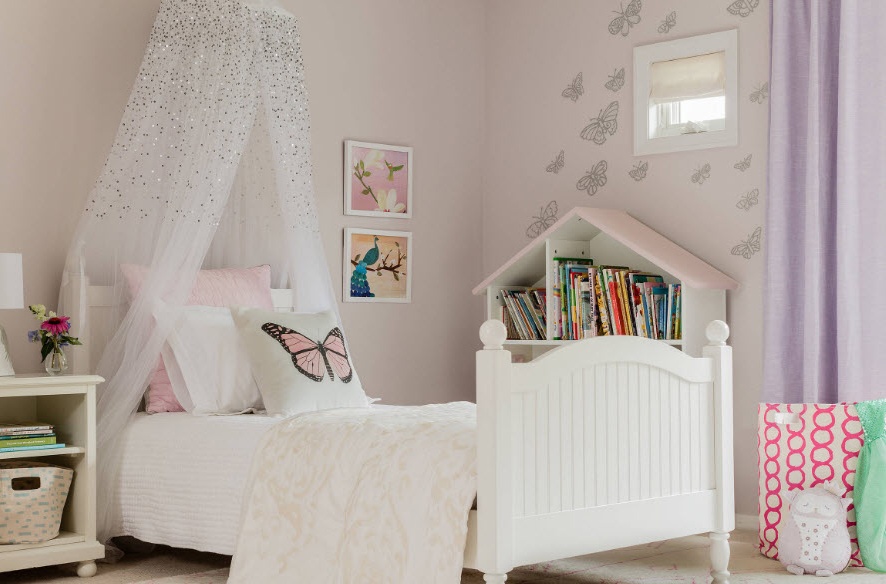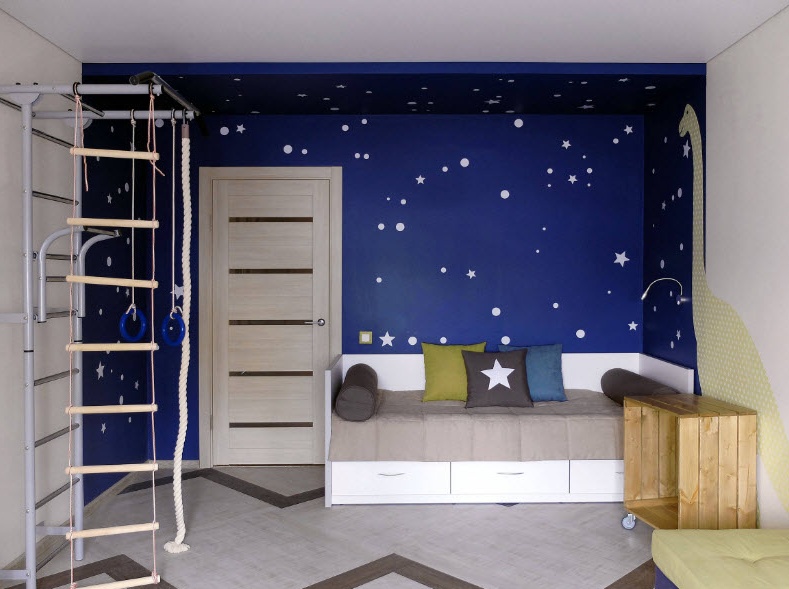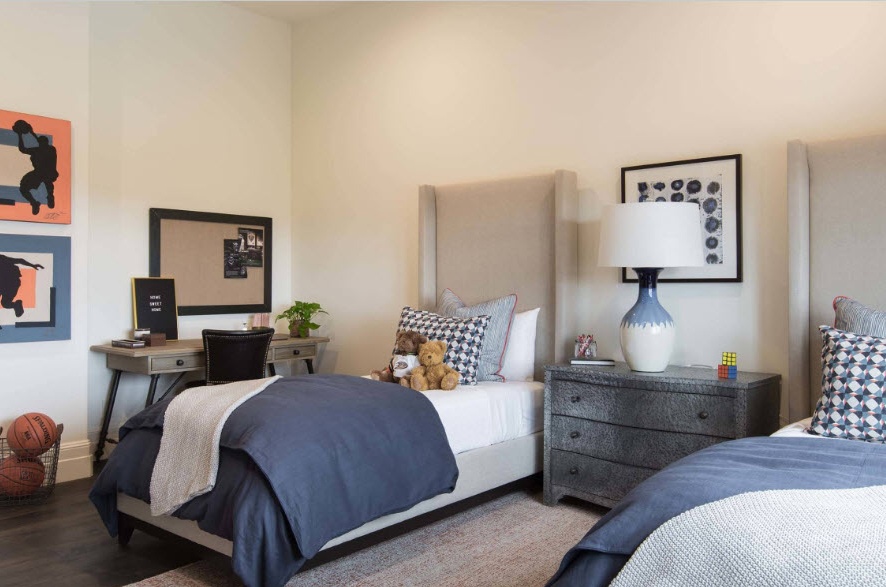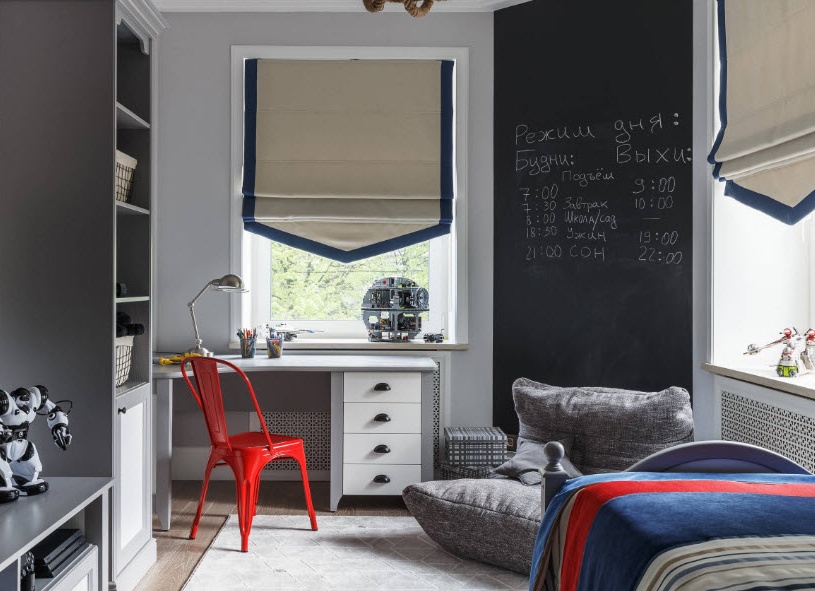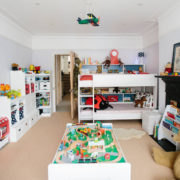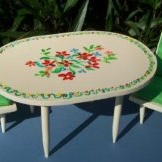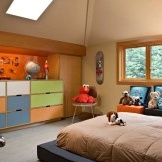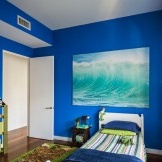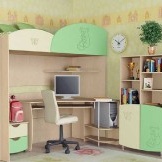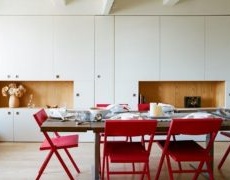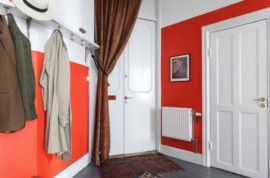New Design Kids Room 2019
What a parent does not want to give his child all the best, safe, beautiful and interesting! And the arrangement of the personal space of the child is one of the important options for the realization of such desires. A comfortable, safe, practical and at the same time fashionable children's room that a child likes is a dream for most Russian dads and mothers. But our desires do not always coincide with our capabilities - for some, the area of the children's room does not allow us to make dreams come true, for others, the family budget does not withstand global repairs. Fortunately, modern trends in the design of residential spaces are all as one connected with simple and concise, the prevalence of practicality over luxury. After all, the main purpose of the children's room is to give cosiness and comfort to the child, to contribute to his development and growth, and for this, parents do not have to ruin the family account. We bring to your attention seventy interesting design projects of children's rooms, created for children of different ages, abilities and passions, as well as for parents with different wallet sizes.
Actual ideas for the children's room in 2018
The modern design of any room rests on the "three pillars" - simplicity, naturalness and practicality. It’s easy and even logical to apply these three factors to a child’s room - any parent wants the child’s room to have no toxic materials harmful to human health or the environment, so that the situation is as practical as possible (because the room for the child has so many functions and must withstand any tests) and that the situation was concise (acceptable for a room of any size). But exceptions are inevitable for a nursery. If the whole designer world in the field of decorating living spaces advocates bringing projects closer to minimalist styles, then in a child’s room it is extremely difficult to achieve such a result. The fact is that the nursery should fulfill many functions: to serve as a comfortable and calm place for sleeping and relaxing, to be convenient, interesting and motivating space for games, creative work and study, and at the same time we must not forget that in this room you need to store a lot of things - from the wardrobe of the child to books and sports equipment.
Another important feature of the children's room is that it should correspond to the age of the child, his level of development and hobbies. If in the space for the baby the parents may well create a minimalist atmosphere, the preschooler’s room will have to use a thematic design, or at least take into account the child’s hobbies when choosing decor, textiles. The task of parents (if they act independently, without the help of a designer), among other things, is to organize the space for the child in such a way that there is as much space as possible for active games in the room, and in small rooms extremely difficult.
Another dilemma is the use of environmentally friendly materials. It is obvious to everyone that all raw materials used for the production of building and decoration materials, furniture or decor items should be safe. But with all this, the surfaces of the children's room should be practical - creativity overtakes any interior item in the child’s room (paints, felt-tip pens, plasticine and other types of tests are inevitable). And we all understand that synthetic materials are much easier to wash, clean, and wash. Each parent will have to decide on their own how ecological, but functionally practical, will be his child’s room.
One of the features of the children's room is associated with a large set of functions that it performs. Zoning of such a multidisciplinary space is inevitable, because it is necessary to allocate not only a segment for sleep and relaxation, but also to designate a place for study and creativity, in some rooms you need a sports (active) zone. But this does not mean that zoning of functional segments is necessary explicitly, with the help of partitions, screens and curtains. Modern design is just trying to move away from any space restrictions and creating obstacles to the passage of air and light. Zoning has a very conditional character - with the help of furniture, surface finishes, lighting fixtures or carpet.
Decorating in a modern children's room
In addition to what was mentioned above (all materials in the nursery should be environmentally friendly), the decoration of the room in which the child is located should be practical, or parents should be prepared for the fact that they will have to paint the walls or remake the wallpaper every 1.5-2 years . If we take into account that the child’s addictions, his interests and level of development change with age, then this option may not be the worst. In this case, you can not spend too much on wall decoration materials - no velor wallpaper or wall panels made of natural wood.
The use of such a design technique as an accent wall in children's rooms is more popular than ever. With the help of the accent design of one vertical surface (or part of it), you can not only bring diversity to the interior of the room, but also highlight, for example, a zone of sleep or study and creativity. There are no restrictions in the children's room for designing an accent surface - these can be ordinary wallpapers, different from the main finish in color and texture, photo wallpaper (you can depict anything you like, from a portrait of a child to a cartoon version of your favorite characters), art painting (will cost expensive, but it will decorate the room, increasing the level of exclusivity to heaven).
Creative impulses of even the most active children do not reach the ceiling, as a rule. Therefore, to decorate the ceiling, you can choose any design method that is convenient for you. A perfectly smooth, snow-white ceiling will become a universal option - it will not be possible to change it when remaking walls and changing the color palette of the interior. If you plan to incorporate lamps (one of the options for conditional zoning of the room), then the best way to design the ceiling will be suspended structures made of drywall. Regarding suspended ceilings, only one thing can be said - multi-level structures are gradually going out of fashion, use them only as an urgent need (visual increase in the height of the room).
If we talk about the ideal way to create flooring, then the undisputed leader among eco-friendly options is parquet. The material is safe for humans and the environment, has excellent thermal insulation properties, looks luxurious. But there are also disadvantages to this flooring - the high cost of the material and its installation, the need for periodic surface cycling.
Practical and safe furniture
The choice of furniture for a child’s room is entrusted with no less criteria than the competent purchase of finishing materials. Any piece of furniture that will be in the child’s room (and we have already decided that the set of furniture should be minimal, only the most necessary) should correspond to the following factors:
- security;
- environmental friendliness;
- functionality;
- compliance with the age and height of the child;
- harmonious combination with the design of the whole room.
The main problem that parents face is that children very quickly grow out of the furniture that their rooms are furnished with. And it does not matter what quality, cost and functionality it is if the bed is small in size and a small chest of drawers is not able to accommodate the entire wardrobe of a grown up baby.Therefore, designers recommend purchasing models of so-called “growing” furniture - the table and chair can be adjusted in height (seat and back), the bed has at least three positions in length.
The second, but not least, problem is associated with a lack of usable space in small children's rooms. Bunk beds (for rooms where two or more children live) and loft beds come to the rescue. Such models help to keep the maximum possible usable area of the room free. As a rule, an attic bed is a structure, on the upper tier of which there is a sleeping place, and the lower part is reserved for the organization of a workplace, a corner for creativity or an area for diverse storage systems.
If we talk about practical storage systems, then experts recommend purchasing modular systems that can vary depending on changes in the interests and needs of the child, and therefore the situation in the room. Open shelving is ideal. Initially, containers with small toys can be placed on their shelves (at the child’s height so that he can easily get the necessary items himself), over time they can be replaced with books or sports equipment (depending on the changing interests of the child).
If the racks are of sufficient height, then for security reasons they are attached to the wall of the room (low storage systems are stable enough and it will be difficult for the baby to knock them over, but it is better to verify this on preliminary tests without a child). Of course, designers and ergonomics experts do not recommend using storage systems with glass doors or inserts on the facades of cabinets. It is necessary to create an atmosphere in which there will be as few potential causes for injuries as possible - doors on closers, drawers on sliders.
Stylistic trends in the design of children's
There is no need to talk about the purity of the stylistic performance of one direction or another in the interior of the children's room. The specifics of this multifunctional room is such that it is difficult to sustain the whole concept of style, taking into account not only the age and gender of the child, but also his interests, hobbies and aspirations. The modern design of any living spaces is now striving to use minimalist styles and the undisputed leader among them is the Scandinavian style.
The children's room, designed according to the principles of the design of the countries of Northern Europe, is simple and concise, but it is cozy and comfortable. The abundance of white (mainly due to the decoration of walls and ceilings) allows the use of Scandinavian motifs even in small rooms. A fairly cool palette “dilutes” the presence of interior items made of natural wood (furniture, flooring, wall or ceiling finishes). Warmth and cosiness of the atmosphere is achieved through the use of textiles made from natural fabrics (cotton, linen, wool), decorative elements often made with your own hands or to order, living plants.
Examples of designing a room for a girl
No matter how hard the designers of the whole world try to “promote” unisex ideas, design projects of children's rooms in which both the boy and the girl will be equally comfortable, but our children make their own adjustments. Most girls really like all the shades of pink and purple, they want a “princess-like” bed, painted on the walls of unicorns and curtains with ruffles on the windows. Perhaps only a room for a baby, parents can arrange in neutral colors with a setting without pronounced gender characteristics. As the child grows older, gender will prevail over the desire of parents not to focus on the "girlish" or boyish "addictions of the child. A large doll house, occupying half the room of your princess (and you will have to purchase it to preserve peace and harmony in the family), will clearly indicate who owns this room in soft pastel colors.
Design a room for a boy: options for different ages
It so happened that boys are a priori more active and mobile than girls, for the release of their irrepressible energy it is always necessary to have a supply of free space. That is why parents need to create an environment in the boy’s room in which most of the room will remain free or be occupied by a sports complex. Of course, all the children are different and, perhaps, your baby loves quiet games or he has enough activity that he shows during a walk. But most boys urgently need in the evenings to dump the energy accumulated during the day. If we talk about choosing the thematic design of a children's room, then everything depends on the interests of your boy. The most commonly used marine themes, space, travel theme, or as the basis for the images of your favorite cartoon characters, fairy tales, comics.


